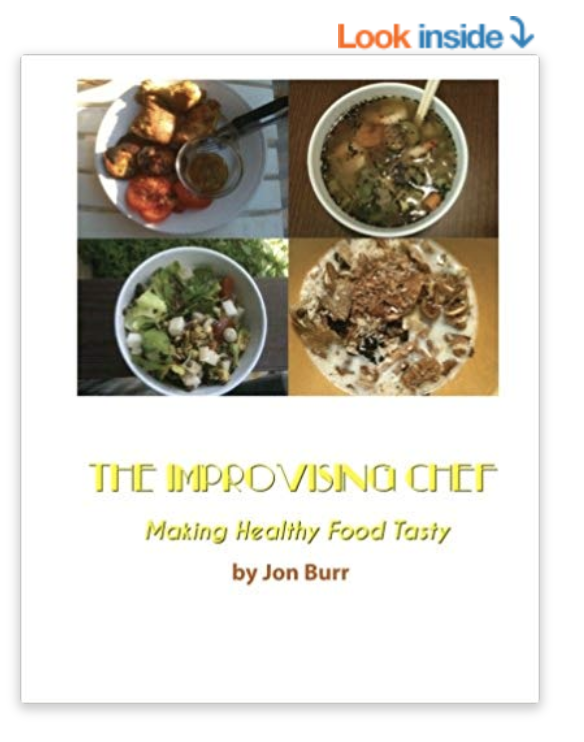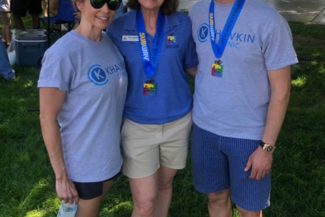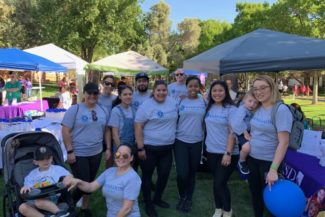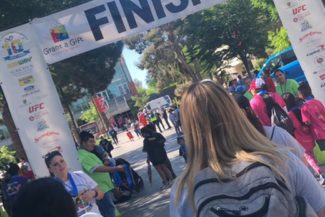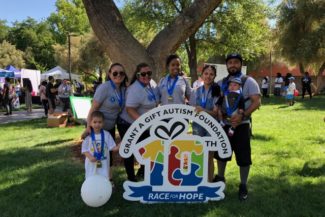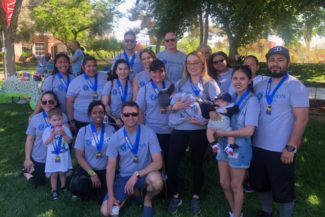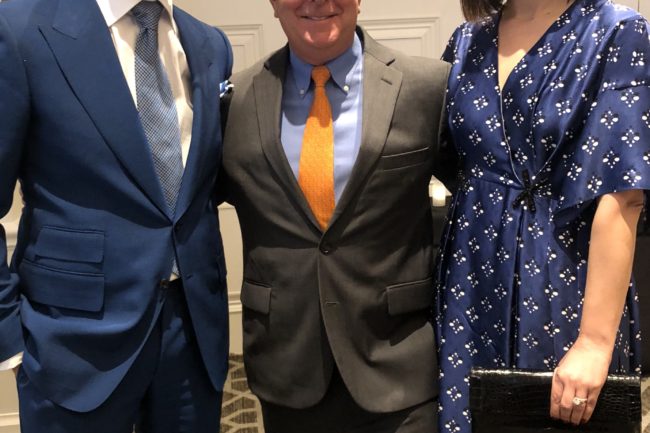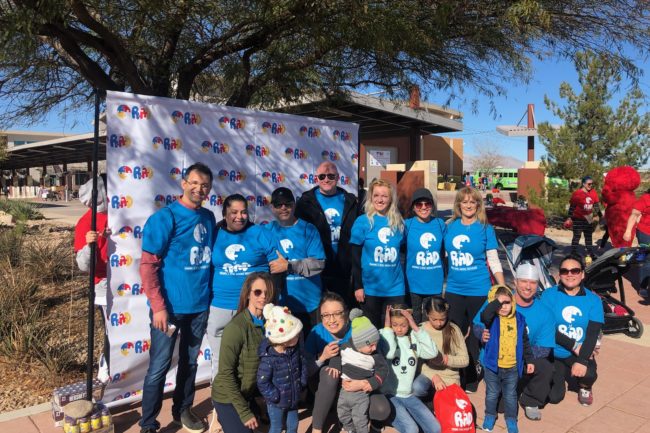I have been waiting for a health and cuisine book that’s daring and honest to the core.
As a neurologist and a stroke specialist, I’ve seen many medical emergencies caused by or heavily associated with faulty nutrition habits. It is very hard to address and “correct” issues relating to food since the public is being fed with half-truths and misinformation promoted by influential food corporations. American public health has deteriorated over the last decades, with unheard-of increases in cases of adult-onset diabetes, obesity and strokes—affecting even our youths! This trend must be reversed; it will be a very difficult task. In my opinion, this book is going to tackle this task. It’s a revolutionary approach to cuisine, putting taste, nutrition, and health together in a sustainable, enjoyable fashion.
Jon Burr devoted years delving first-hand into various cuisines of populations known to have fit and healthy lifestyles, researching and experimenting, finding why certain food preparations taste great and yet have health and weight-reduction benefits, and gathering nutrition and food facts to dispel myths that have plagued the nation causing untoward consequences to American health and body habitus*. Speaking as a person who grew up in a family and culture that enjoys food, has been fit and healthy all my life, yet been known by those close to me to enjoy gourmet cooking and eating, I have tried several of his food preparations and I’ll say Jon Burr can invite me to his lunches and dinner anytime.
There’s no other book like this. I will personally recommend this—not only to my patients who need to incorporate healthy, palatable and enjoyable eating habits to reduce their cerebrovascular and cardiovascular risk factors—but to everyone who will come across my path.
Visit Amazon To Purchase: Click Here


